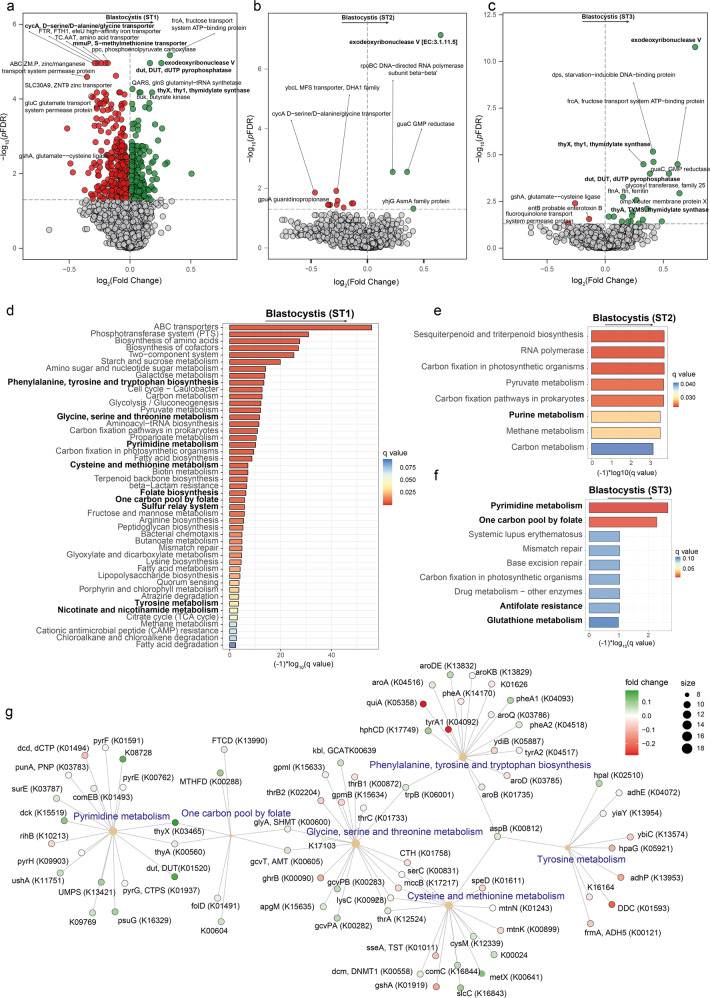Fig. 3. Blastocystis subtypes are linked to bacterial functionality related to aromatic amino acid metabolism and folate-mediated pyrimidine and one-carbon metabolism.
a Volcano plots of bacterial functions associated with the faecal clr-transformed Blastocystis subtype 1 (ST1), b subtype 2 (ST2), and c) subtype 3 (ST3) values in the discovery cohort (IRONMET, n = 114) identified with DESeq2 using the geometric mean of pairwise ratios normalization to specifically account for the compositional and zero-inflated microbiome data and controlling for age, sex, BMI, and education years. The log2 fold change associated with a unit change in the clr-transformed values and the log10 p-values adjusted for multiple testing (pFDR) are plotted for each function. Significantly different taxa are coloured in green (upregulated) or red (down-regulated). d–f Manhattan-like plot of the KEGG pathway over-representation analyses (q value < 0.1) mapping the KEGG orthologues significantly associated with Blastocystis ST1, ST2, and ST3, respectively. Bars are coloured according to the q value. g Gene-concept network depicting the linkage of significant KEGG orthologues participating in KEGG pathways related to the aromatic amino acids metabolism and folate-mediated pyrimidine and one-carbon metabolism for Blastocystis ST1.

